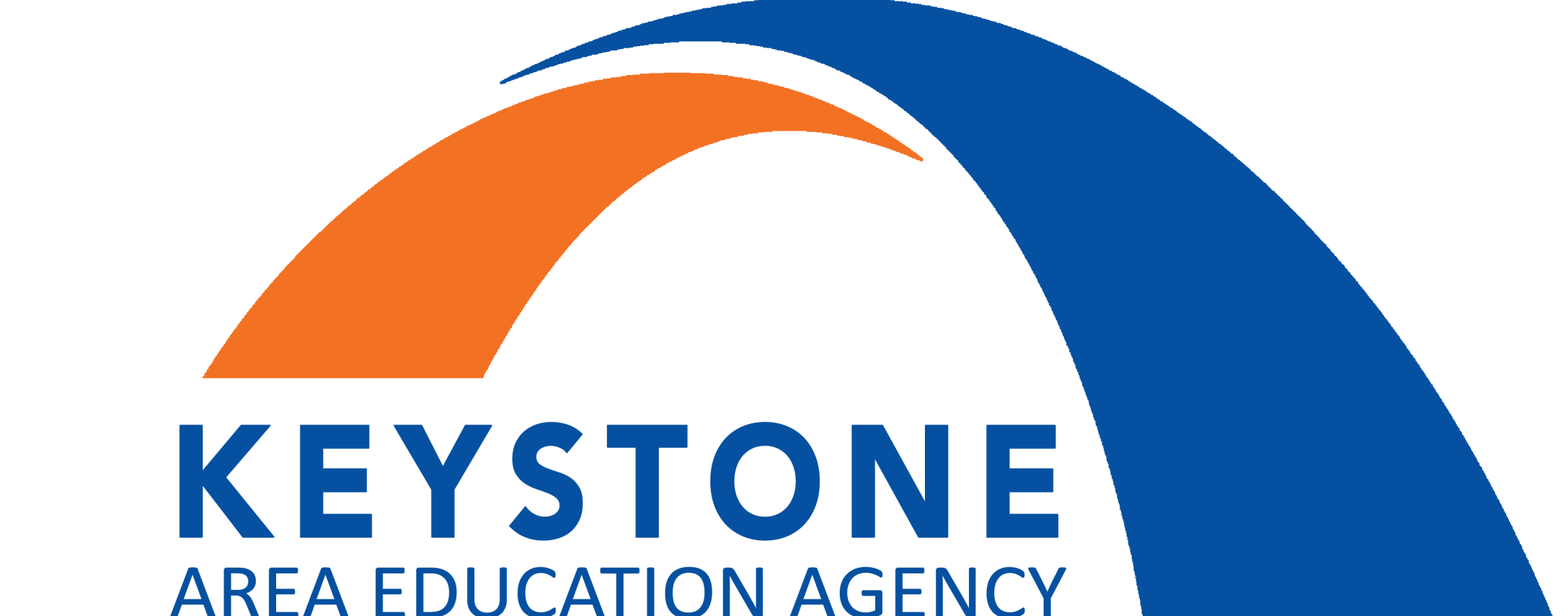Interested in implementation and coaching support?
Do you want to connect with other computer science educators in Iowa? CSTA Iowa supports and connects educators of computer science across Iowa. Go to the website for information about events, joining, and teaching resources. https://iowa.csteachers.org
Are you interested in a Teacher Externship?
“During the summer, STEM educators work side-by-side with knowledgeable and skilled industry employees who help bring the classroom curriculum to life. STEM Teacher Externships provide educators with the exposure to answer questions about real-world application, prepare students for careers they may have in the future and improve educational experiences.” Check out the Department of Education website for more details. https://educate.iowa.gov/iowa-stem/stem-teacher-externships
ICN Statewide Youth Broadband Advisory Council
“The Statewide Youth Broadband Advisory Council (SYBAC) is an opportunity for high school students to research and discuss broadband and Internet topics, learn about Iowa technology companies, and discover technology careers. Meetings will take place monthly, throughout the school year, via video conference, teleconference, and/or in-person.” Go to the webpage for more details. https://icn.iowa.gov/outreach/sybac
Looking for FREE curriculum options to support your district’s computer science plan?
Workshops/Courses
Professional Learning Opportunities
Computer Science Standards
Contacts
Sherri Imoehl
simoehl@keystoneaea.org
563-241-3380 or 800-632-5918
Tesha Moser-Zimmerman
tmoser@keystoneaea.org
563-214-9949 or 800-632-5918
